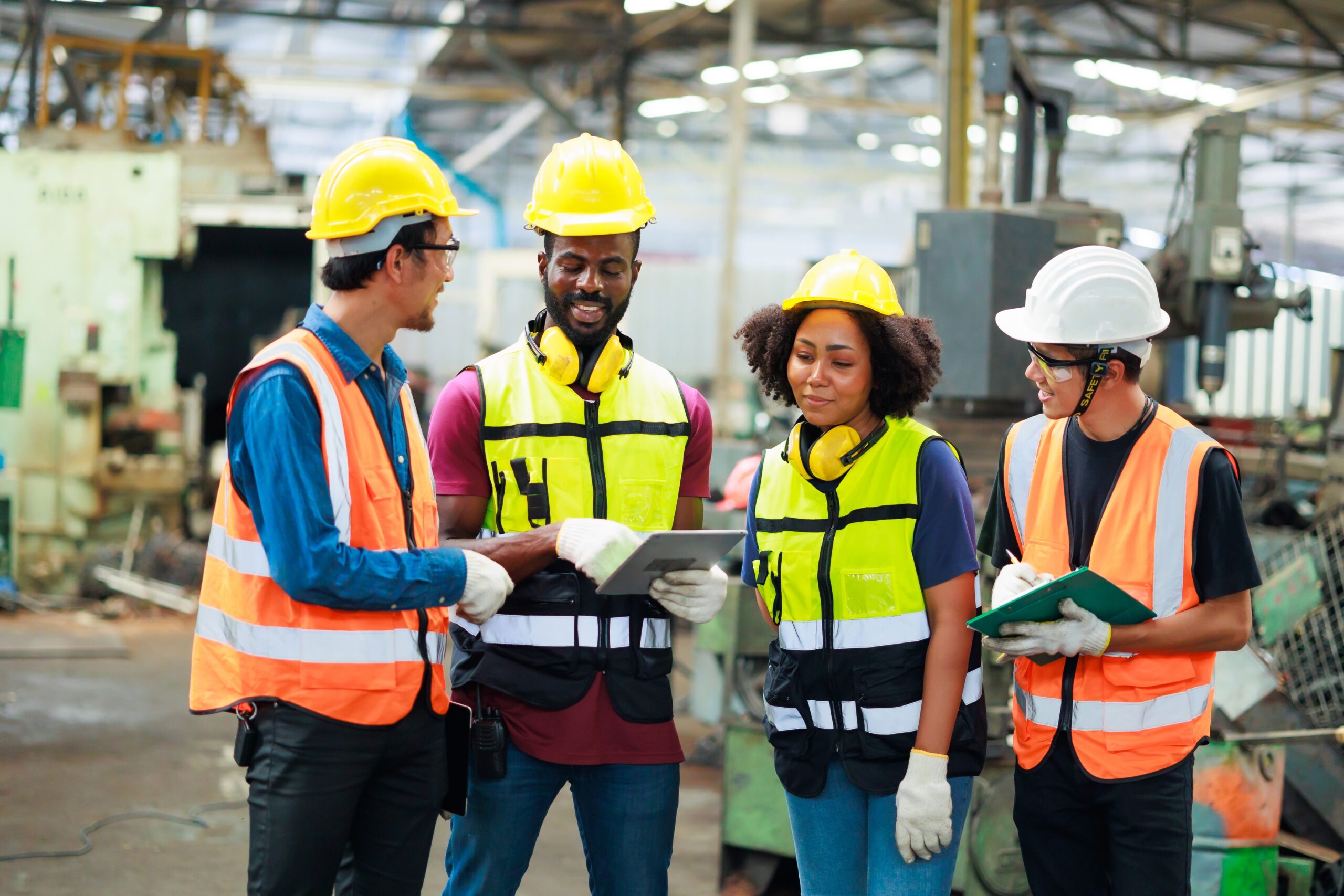The Connection Between Inclusivity and Safety

April is Celebrate Diversity Month, a time to honor the wide range of backgrounds, perspectives, and experiences that strengthen our workplaces. While many companies recognize diversity as a core value, fewer draw the connection between workplace inclusivity and something just as vital: employee safety.
An inclusive workplace isn’t just a nice-to-have — it’s a powerful driver of a stronger safety culture. According to a study conducted by the American Psychological Association, teams that feel psychologically safe are 76% more engaged and 50% more productive. By fostering trust, psychological safety, and open communication, inclusive environments are better equipped to reduce incidents, empower frontline workers, and ensure that safety programs reach everyone.
Why Diversity Matters in Workplace Safety
Diverse teams bring broader perspectives and different cultural lenses — but those benefits are only unlocked in an environment of true inclusion. Inclusivity ensures that everyone feels heard, respected, and safe to voice concerns. When team members believe their voices matter, they’re more likely to:
- Speak up about unsafe conditions
- Report hazards or near misses
- Engage in safety training
- Contribute to building better protocols
This psychological safety — especially important for underrepresented or neurodivergent employees — is foundational for a proactive, people-centered safety culture.
One critical element of inclusivity is providing safety training in workers’ native languages. While some employees may speak conversational English, workers retain information more effectively when it’s delivered in their primary language. This ensures that critical safety protocols are understood and followed, which can help prevent incidents. In fact, OSHA requires employers to provide training in a language employees can understand.
The Link Between Inclusivity and Incident Reduction
Research and experience continue to show that inclusive safety programs lead to better outcomes. When employees feel excluded or overlooked, they may be less likely to report issues or participate in training. That silence can lead to unseen hazards and preventable injuries.
But when leaders invest in inclusive workplace practices and culturally aware safety training, the results are clear:
- Improved safety compliance
- Lower incident rates
- Greater team collaboration
- Stronger employee engagement
Inclusive environments are also better at addressing bias in safety training, ensuring that protocols and materials resonate with all learning styles, languages, and cultural backgrounds. That’s especially critical for manufacturing facilities, where diverse workforces are the norm, not the exception.
How Inclusive Safety Practices Foster Trust and Engagement
At the heart of any successful safety program is trust — trust between employees and leadership, and among peers on the floor. Inclusive leadership builds this trust by:
- Encouraging open dialogue without fear of retaliation
- Providing training in employees’ native languages
- Adapting training for neurodivergent and frontline workers
- Listening to and acting on feedback from all levels
When people trust that their input matters, they’re more likely to take ownership of safety protocols. This is how we move from compliance to commitment — from checking boxes to building a truly human-centered safety culture.
Building an Inclusive Safety Culture: Best Practices
To embed inclusion into your safety programs, consider the following strategies:
- Start with onboarding: Use inclusive materials and real-world visuals that reflect your workforce’s diversity.
- Provide flexible training: Offer multiple formats to accommodate different learning needs and schedules.
- Use inclusive communication: Avoid jargon, provide translations, and create space for questions.
- Collect inclusive safety data: Understand who’s engaging — and who’s not — to identify gaps and biases.
- Create psychologically safe workplaces: Model inclusive behavior from leadership down and recognize contributions from every team member.
These actions demonstrate commitment to equity, build frontline worker empowerment, and strengthen your overall EHS management systems.
Inclusion Is Safety
Let’s remember that safety doesn’t exist in a vacuum. It thrives in environments where every employee feels seen, valued, and empowered. By making inclusion a central part of your employee safety training and culture, you’re not just promoting diversity — you’re actively protecting your workforce.
Because at the end of the day, inclusion isn’t just about belonging. It’s about keeping people safe. At Intertek Alchemy, we help companies build inclusive, effective safety programs for their diverse teams — with training available in multiple languages, adaptable formats, and tools to support open communication at every level. With the right tools, you can create a more inclusive workplace for all.





